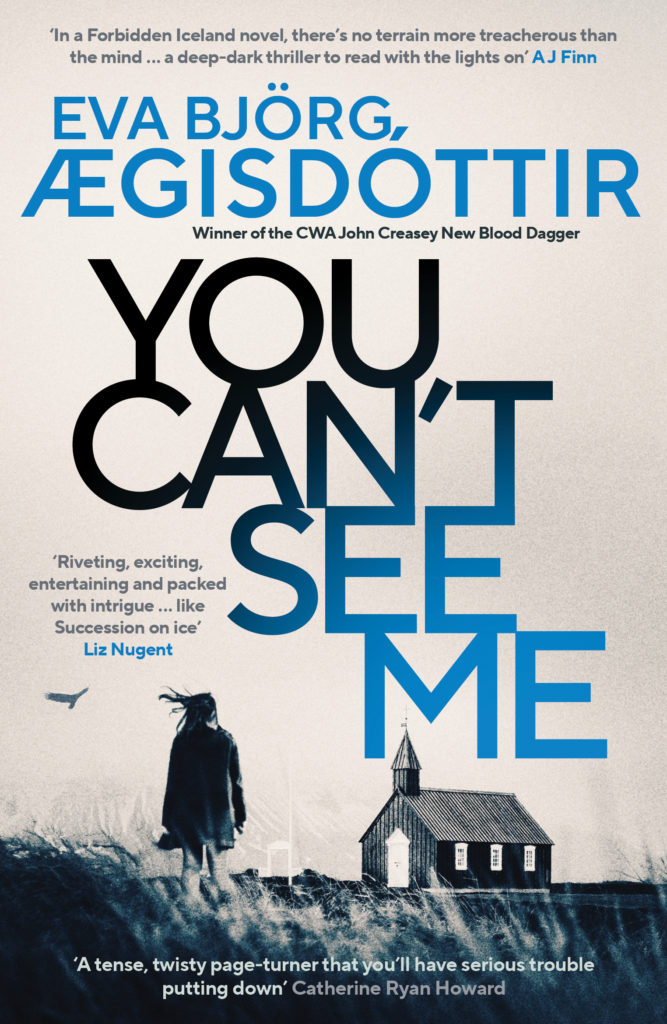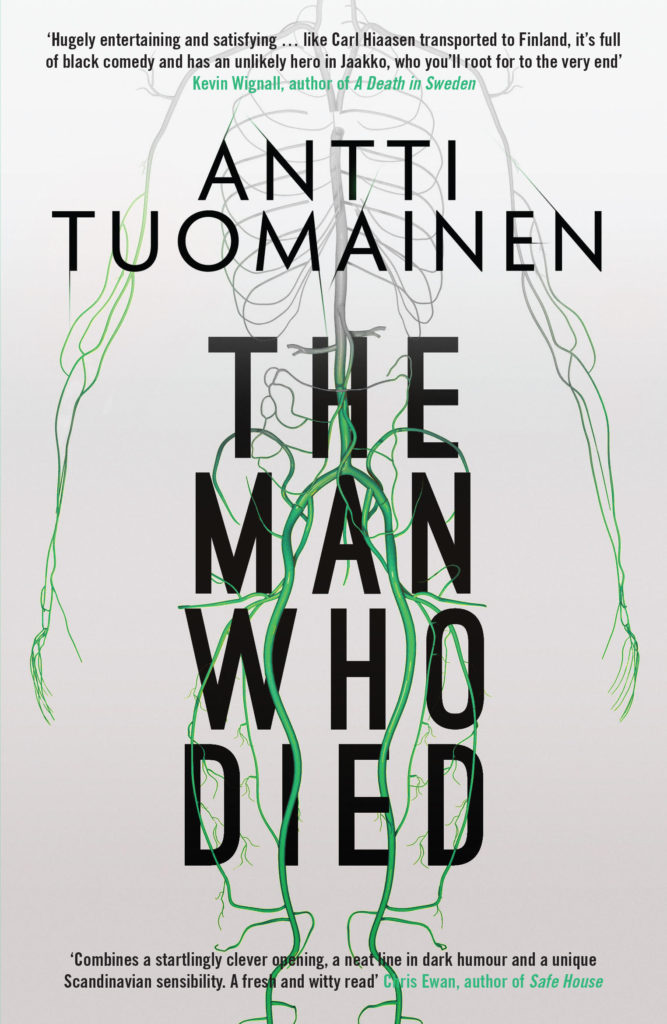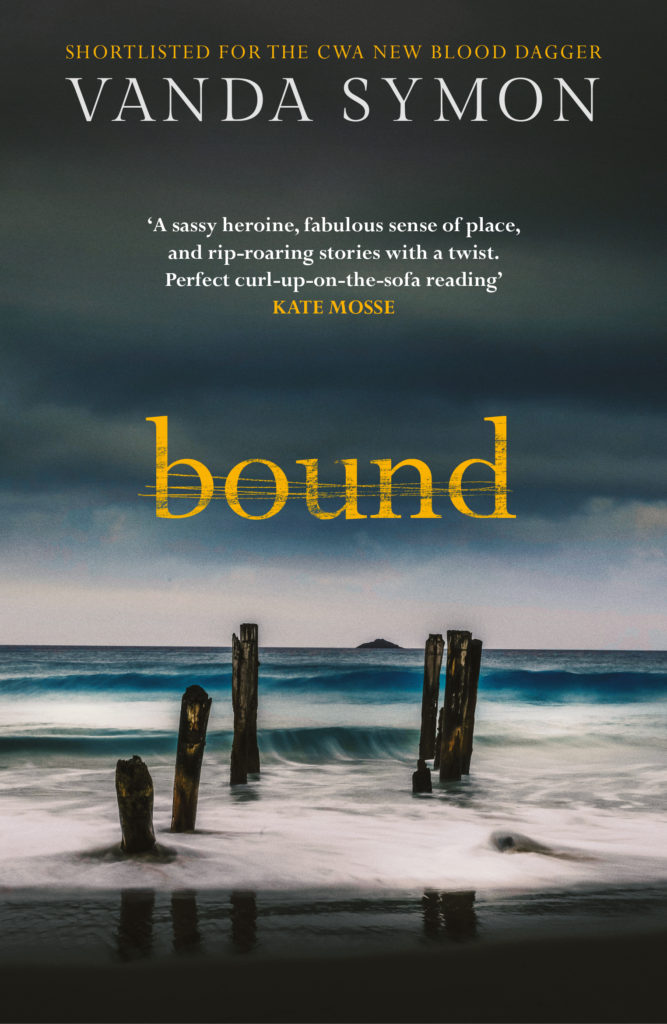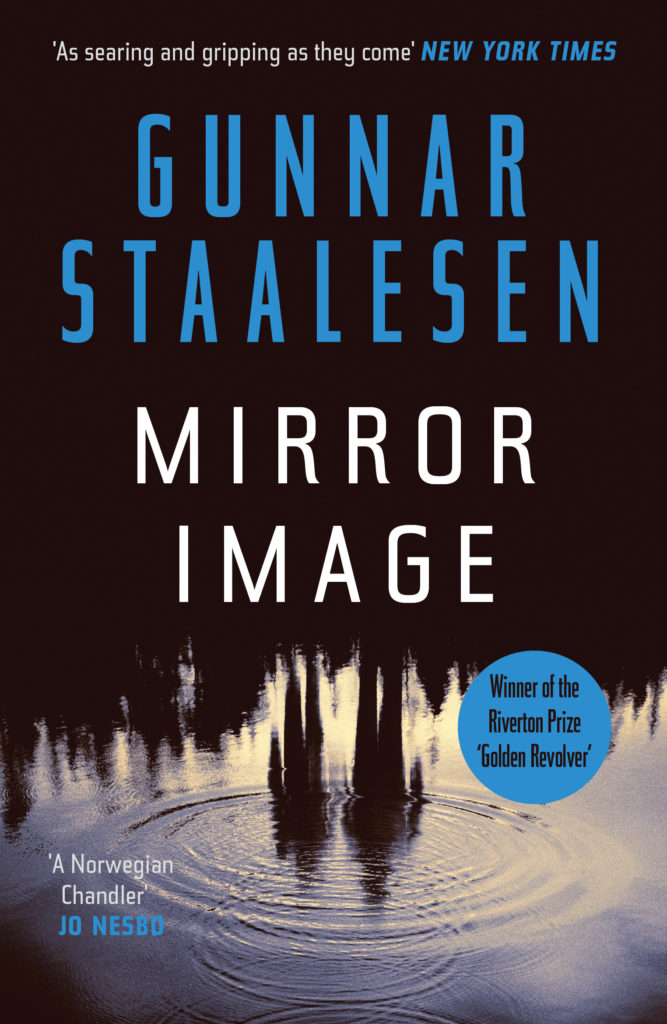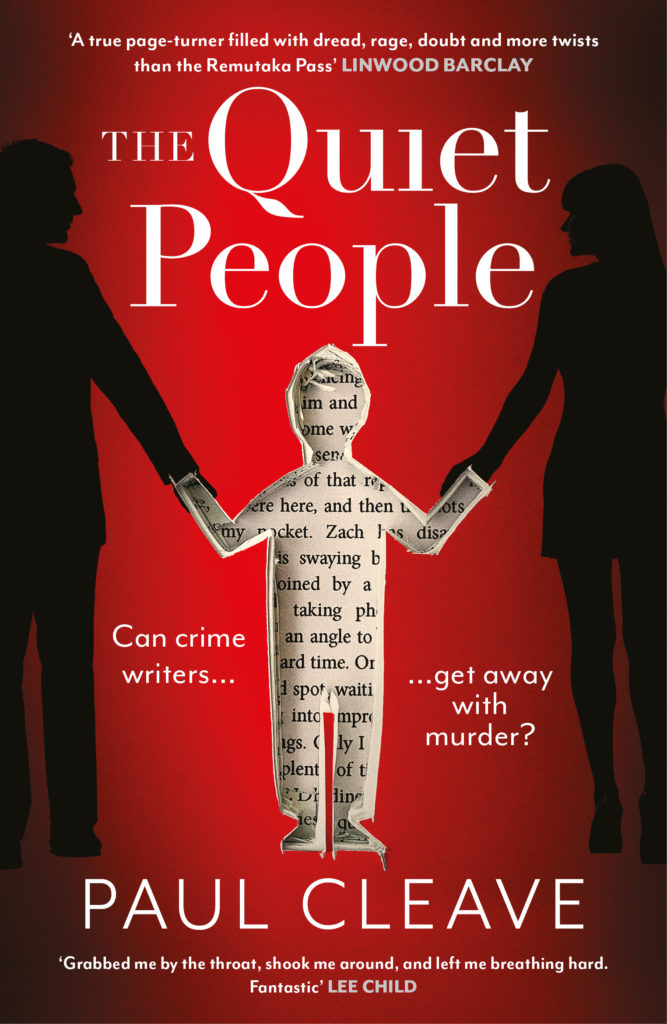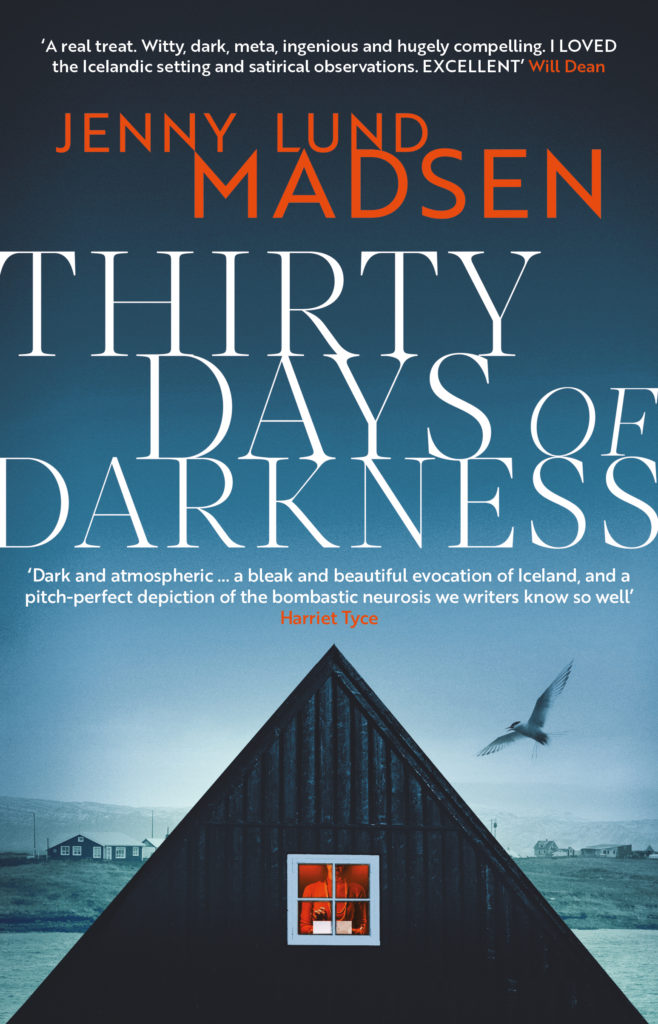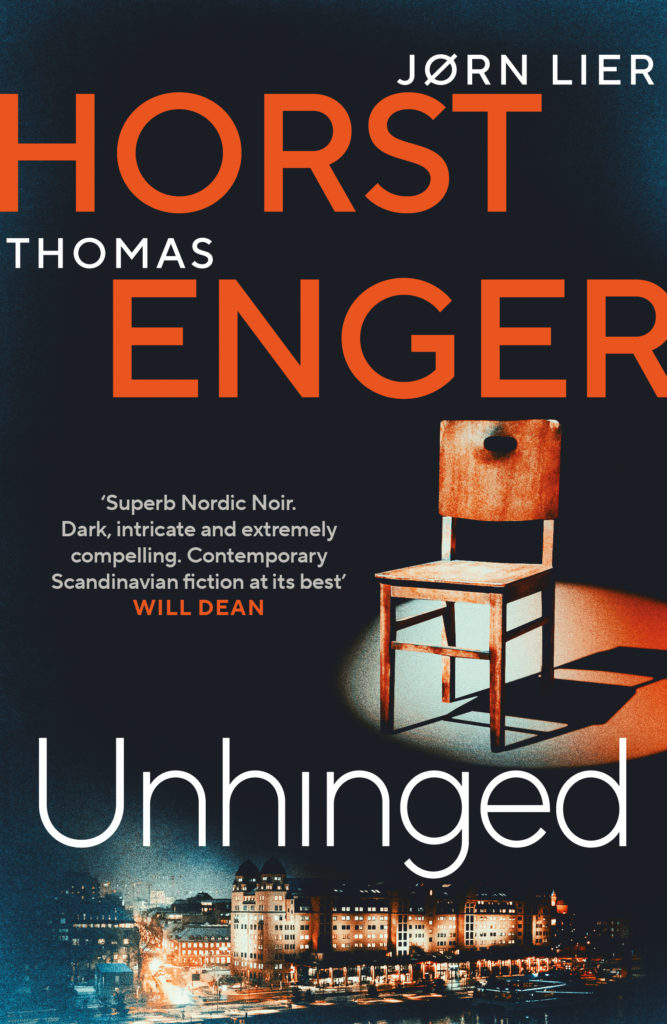Simone Buchholz reads from The Kitchen in this EXCLUSIVE video
Category: News
April Kindle Monthly Deals
The Collapsing Wave: Doug Johnstone tells us about the epic sequel to his bestselling novel The Space Between Us
The Collapsing Wave is the sequel to The Space Between Us, my first-contact science fiction novel published last year. The Collapsing Wave picks up six months after the end of the previous book, and examines the lives of all the same characters and the connections that have been made and broken in the meantime.
Most of the book is set in New Broom, a makeshift U.S. military base built up the coast from Ullapool on Scotland’s west coast. The base is a mix between a scientific research station and a prison, and Lennox and Heather are being held there, while Ava is on trial for murdering her husband. But soon the three are reunited, along with Sandy, the alien creature they bonded with so strongly in the first book.
But, this time, the human threat to the Enceladons is much more severe. The authorities consider the aliens to be an existential threat, despite the fact that they’re really just refugees from their home world, looking for some peace and safety. But they don’t find it here on earth.
In The Space Between Us, I was mostly concerned with the individuals and their connections with each other and with Sandy. For this sequel, I wanted to look more closely at the nature of community and refugees, about how humanity in general treats other people, animals, plants and the environment so badly. We are all trapped in a capitalist machine that dehumanises people, destroys the planet and treats animals disgracefully. And there has to be another way.
I wanted to look at how other societies or consciousnesses might view things differently. The Enceladons have evolved in a benign and non-threatening environment in their under-ice seas of one of Saturn’s moons. And that clearly affects their outlook on life. They simply can’t understand the hatred and violence of the human mind, yet they have to get some grasp on it by the end of the book, in order not to be destroyed.
Since these books are about connection and community, I wanted to bring new characters into the story to support my central three. There is a camp of people up the coast from New Broom who have been drawn there by a strange desire for connection with the alien creatures. And while that does eventually happen, they also make connections with Lennox, Heather and Ava, and find their family of like-minded people in the process.
This book, like its predecessor, is a fast-paced thriller with lots of twists and turns. But ultimately, I feel like these are hopeful books about how society works and how it could be improved, about how we can better connect with the people and environment around us. I’ve certainly found myself feeling more positive about humanity and the future as I wrote them, and I hope they have the same effect on you, the reader, too.
Crows and Folklore: The Inspiration for Crow Moon
Debut author Suzy Aspley talks about the inspiration for atmospheric gothic novel.
‘When the caws of the crows signal the last full moon of winter.’
Crow Moon is set across the month leading up to the rise of the last full moon of March, called the Crow Moon in some cultures. This is when the ground starts to thaw, earthworms and other creatures begin to emerge and many birds, including Corvids, start to collect materials to build their spring nests.
I’ve always been fascinated by birds and members of the corvid family in particular. Squads of blue-eyed Jackdaws wait to be fed and then land like a circus in the garden, squabbling and bouncing around comically, clearing any bread in seconds. Black-and-white magpies, or Geordie budgies, as we call them in our house, who cackle and taunt, and you hope always to see in pairs. Majestic ravens, with curved beaks and shining black feathers; blue and pink jays, which flash past in the forest chattering loudly.
And then there’s the crow, my favourite of all. Often solitary, although they mate for life, they’re highly intelligent, and once you’ve gained their loyalty they’ll watch and follow you, appearing when you need them. They’re said to remember those who’ve harmed or cared for them, and they’re reputed to grieve for their own dead. They’ve appeared throughout history and their shining black feathers are woven through folklore around the world. From the Native American Crow Tribes, to the fierce Celtic goddess Morrigan, the Gaelic winter witch the Cailleach, to Odin’s two ravens Huginn and Munnin, representing thought and memory, the crows and their kin have been revered and persecuted in equal measure throughout time.
‘In ink-dark forests, floats mountain witch
Her feathered cloak black as pitch
Fear manifest, how near she comes
To strip all things of flesh and bones.’
Long associated with witches and their craft, as familiars, and often strung up or burnt – as women accused of being witches were too – the crow became the perfect metaphor for the folkloric Feannag Dhubh, when I was writing Crow Moon. Feannag Dhubh was a woman believed to be able to shapeshift into a witch, but she was cast out by society. In some ways, she was like my main protagonist, Martha. Martha was ostensibly cast out and isolated by her own grief – solitary, but also fiercely loyal – and she too will bear a grudge against those who harm or threaten her family. So I used all of this to create the myth of the Feannag Dhubh, who lived in Strathbran (Glen of Ravens) and made offerings to the night at the moondial on the land where Martha’s house burned down, killing her twin sons.
Last year, we sadly lost our almost-tamed crow, who came every day to our garden to be fed. He was an older bird, his feathers flecked with white like flakes of snow, and last summer he brought his young, to feed. They’d watch him warily from nearby trees, or the top of the cabin. In his final days, his breathing visibly shallow, he’d come and sit on the wall, and we got closer than ever before, able to wish him farewell in the next life. A young crow, most likely one of his offspring, very occasionally comes closer now, but watches from nearby tall pines. Hopefully one day, it will know it’s welcome in our garden, too.
Australia & New Zealand: March 2024 Kindle Deals
USA & Canada: March 2024 Kindle Deals

All of the below titles are under $2
Click on the image to get your copy now!
Catch up with the Father of Nordic Noir…





Chilling Nordic Noir from Kjell Ola Dahl


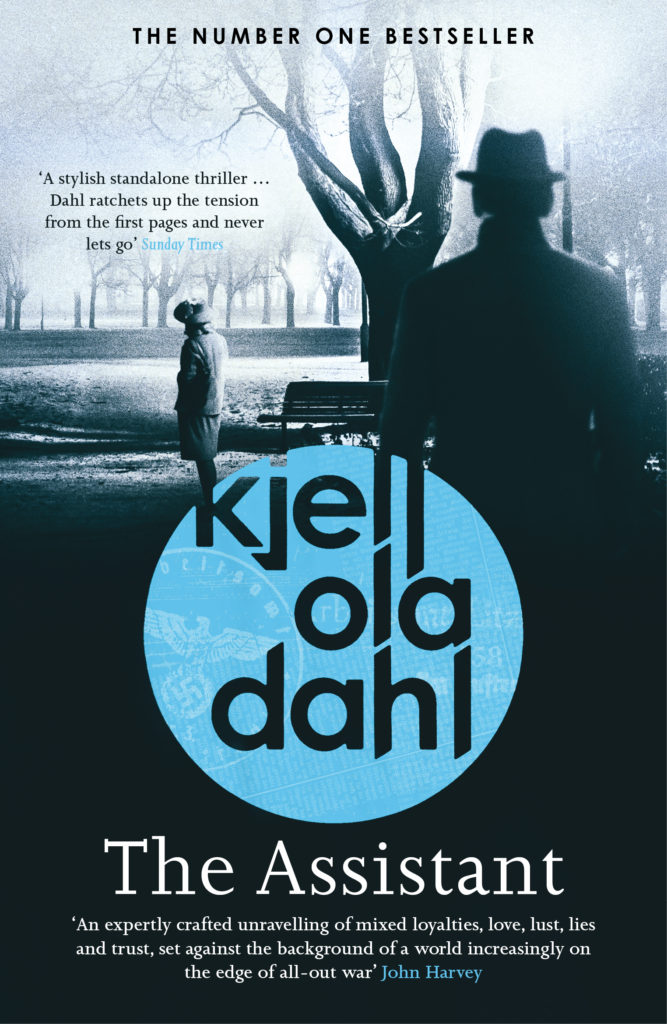
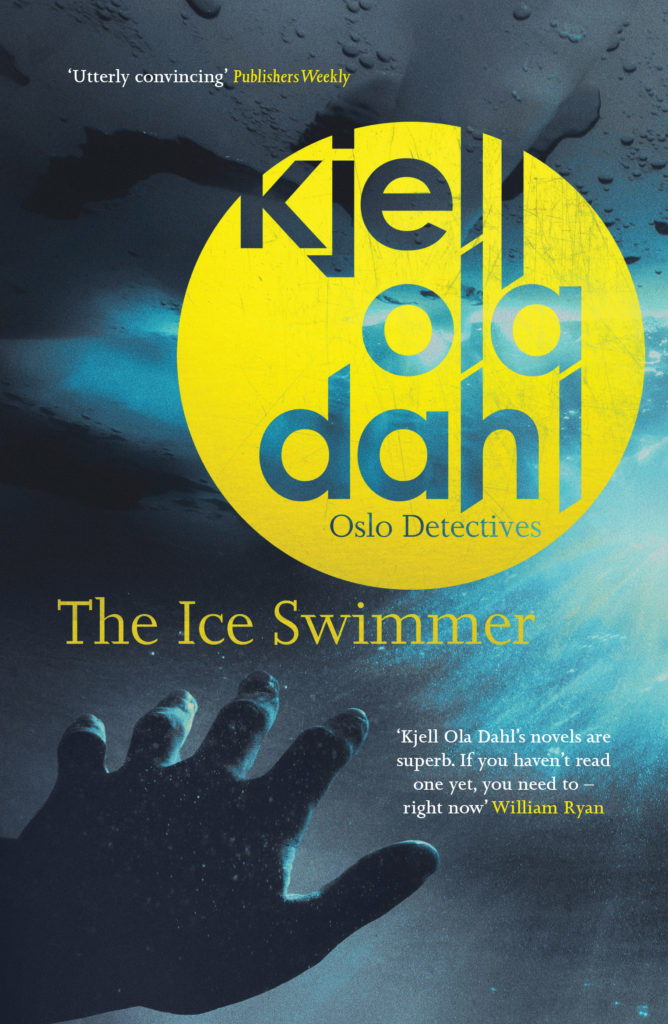


Emotive Scottish Psychological Suspense




Bestselling Nordic Chills

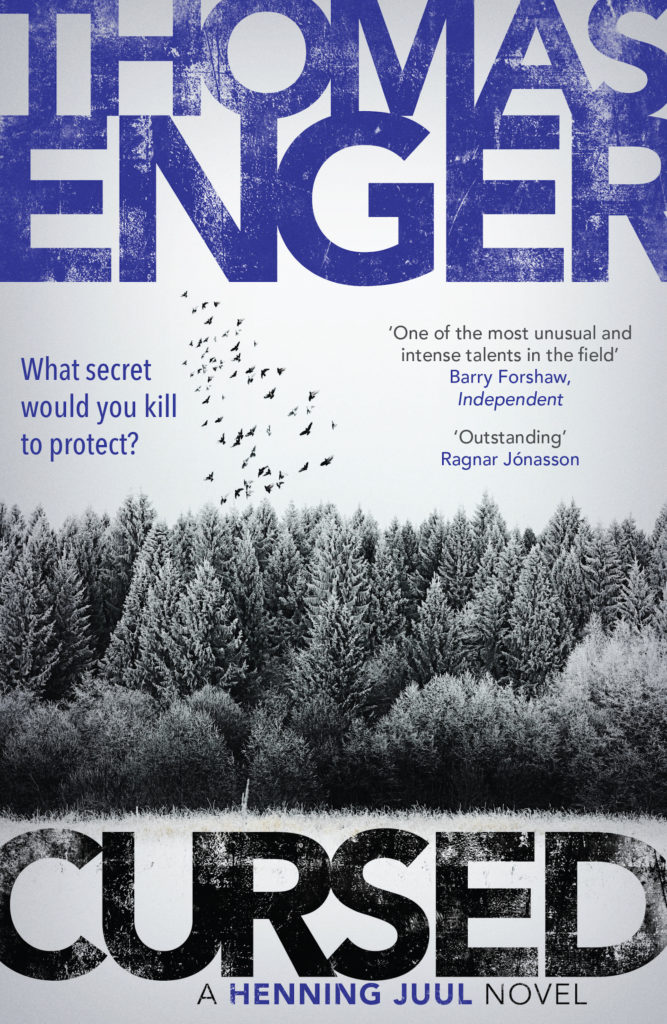

The Queen of Nordic Suspense


Addictive Scottish Thrillers





The New Queen of New Zealand Crime…



The Queen of French Noir…

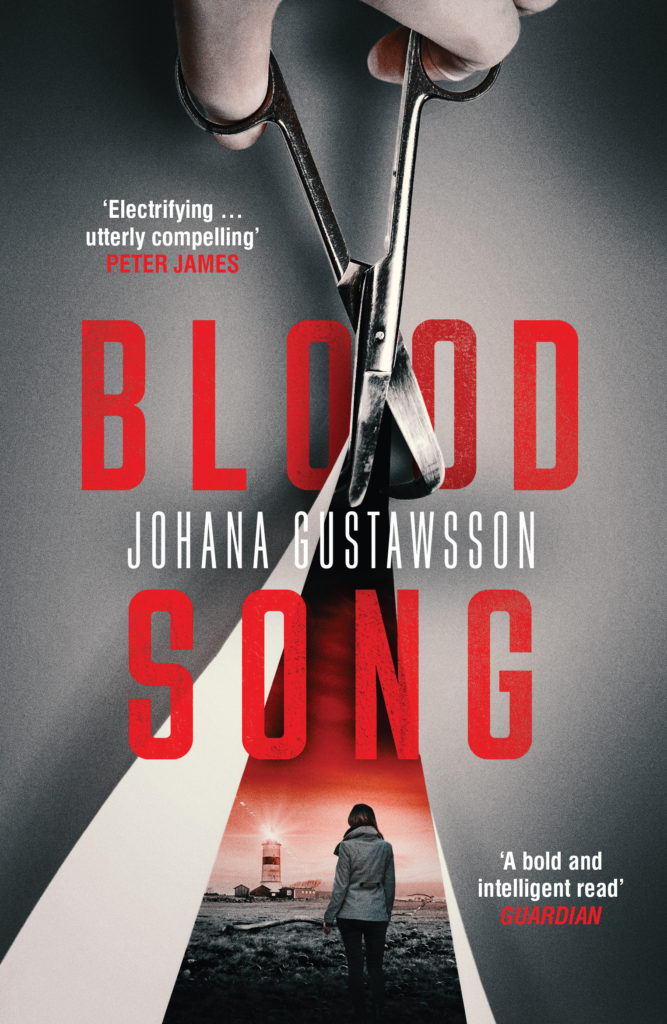
The Louise Beech Collection






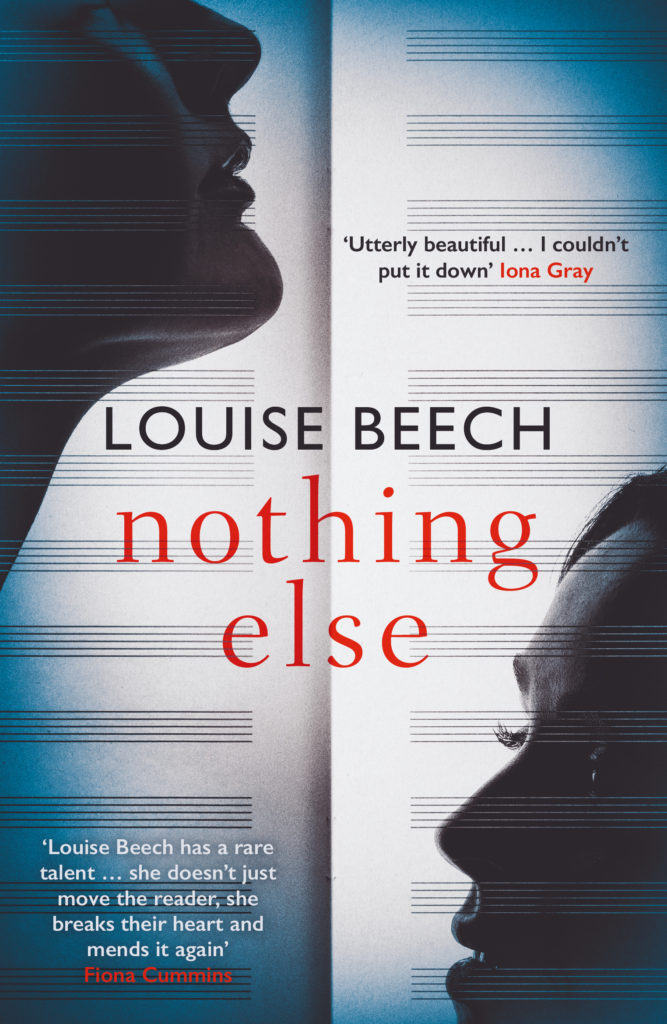

Cult Fiction at its Best…


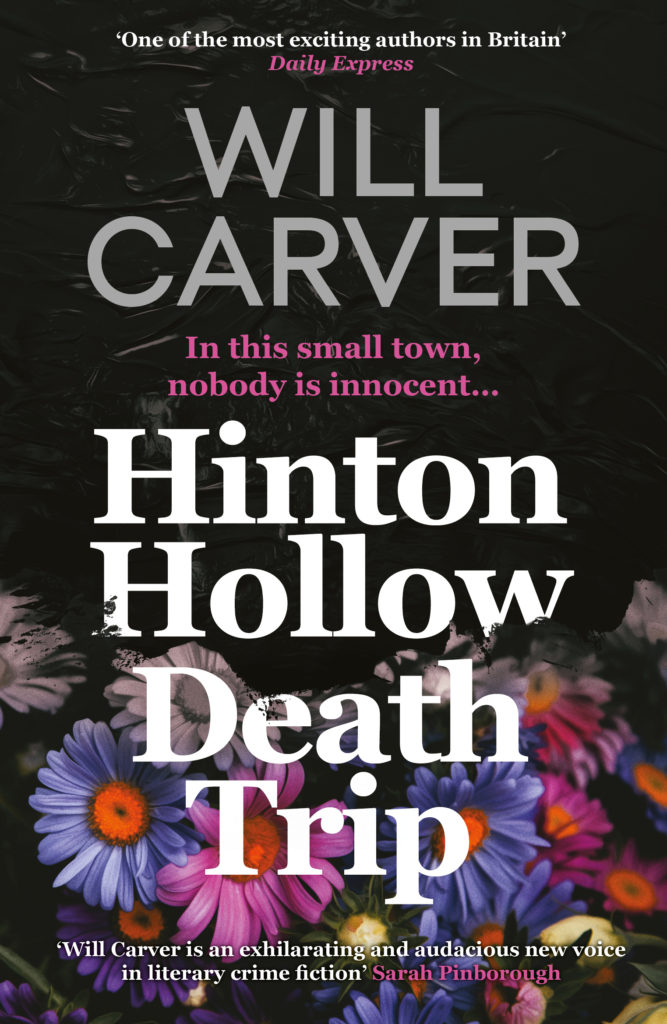
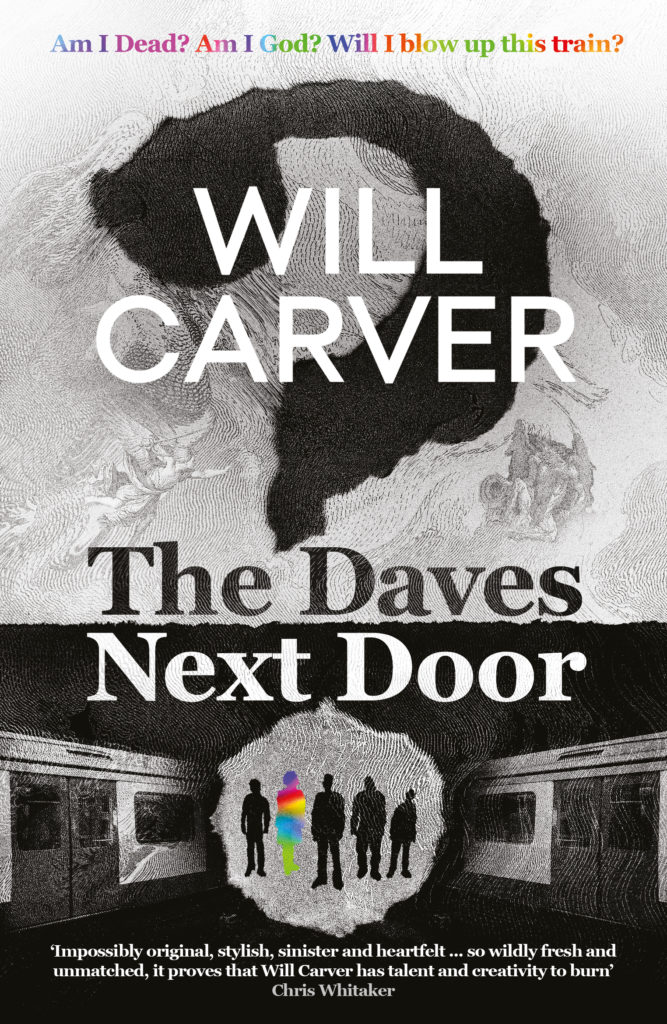
Electrifying thrillers


Fabulous Finnish Thrillers

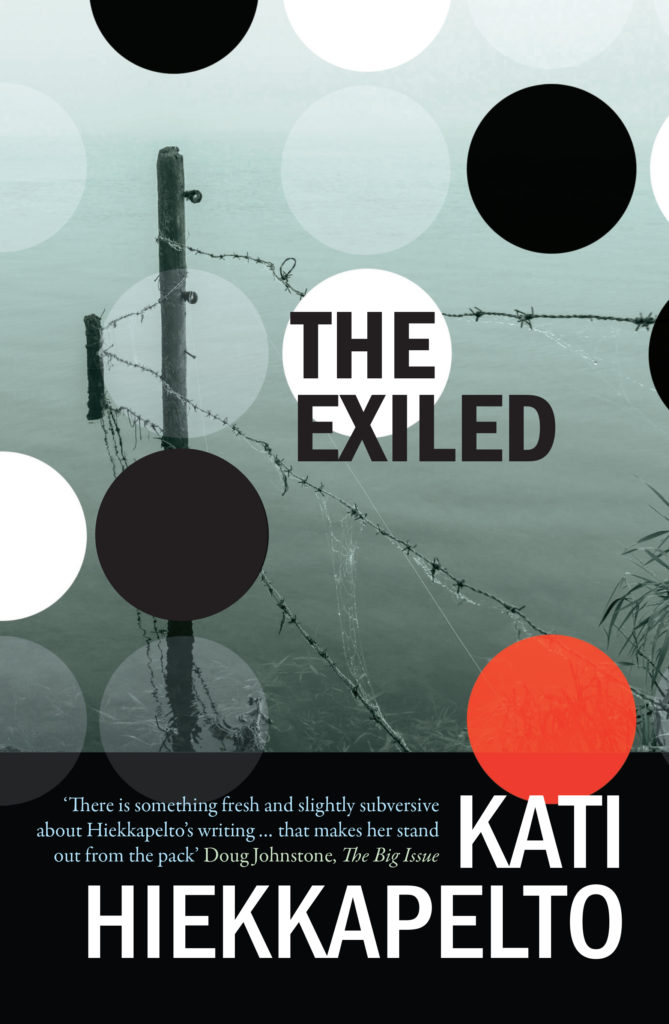
Award-Winning Canadian Thrillers


Unforgettable, Utterly Beautiful Reads…



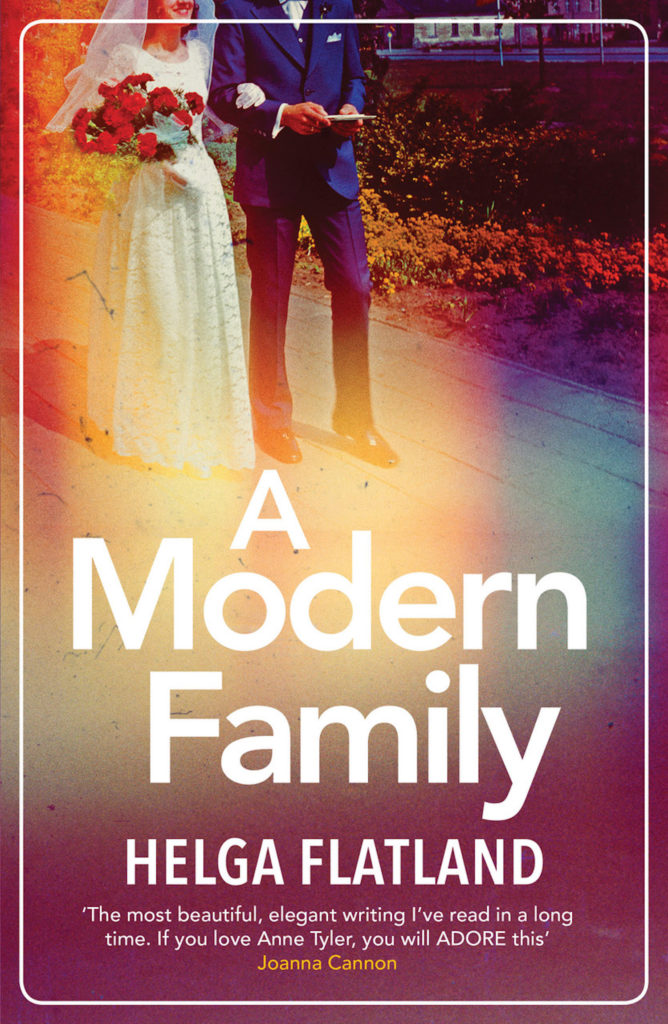


Meet Lori Anderson…
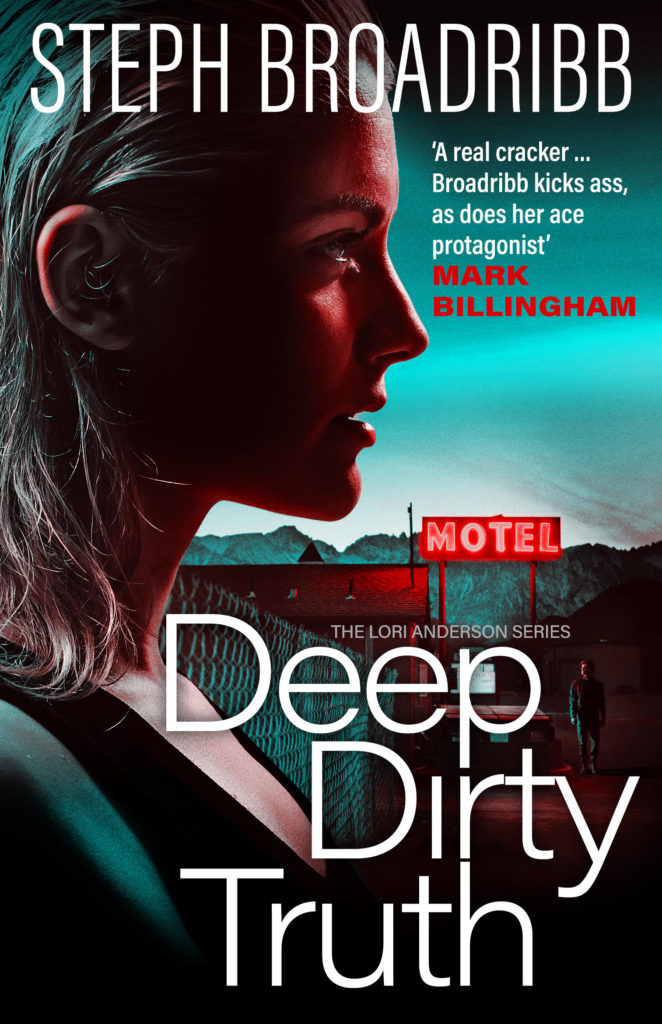

Meet Robert Finlay
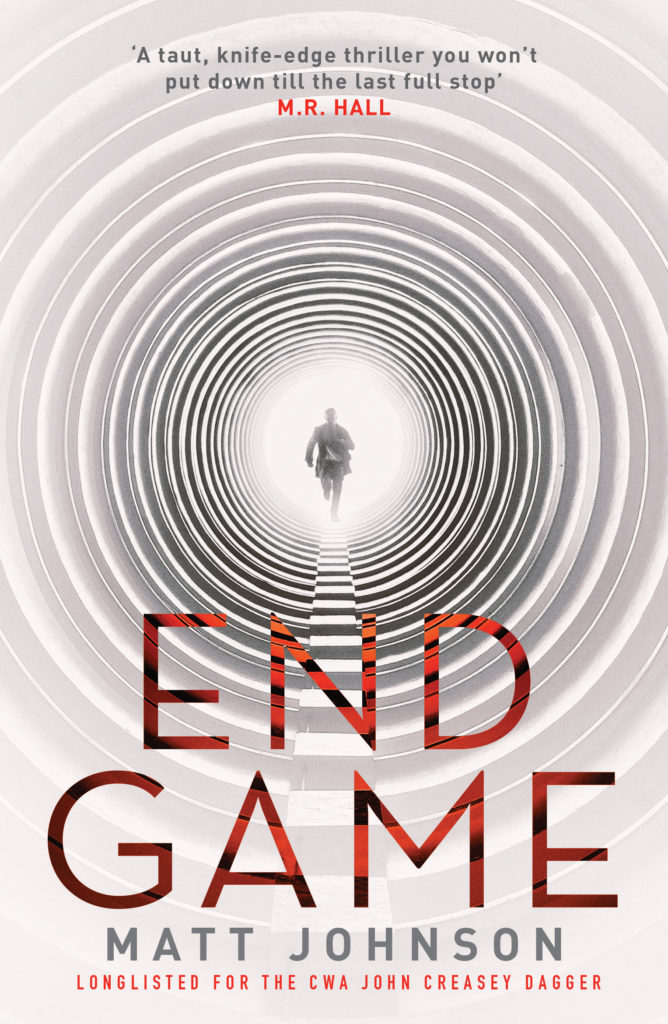

Twisty Psychological Suspense

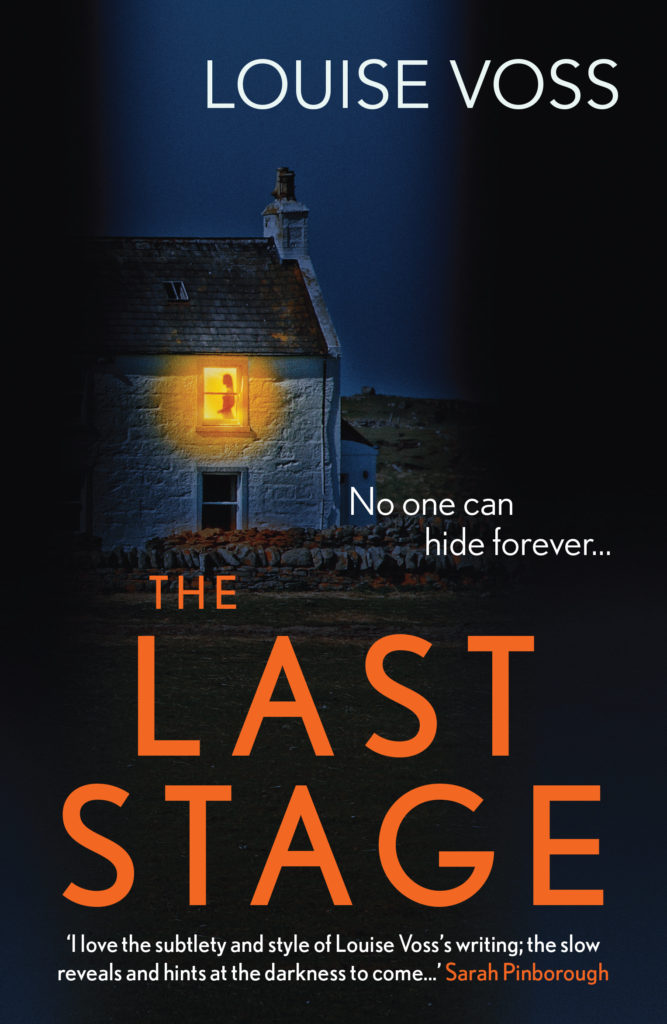
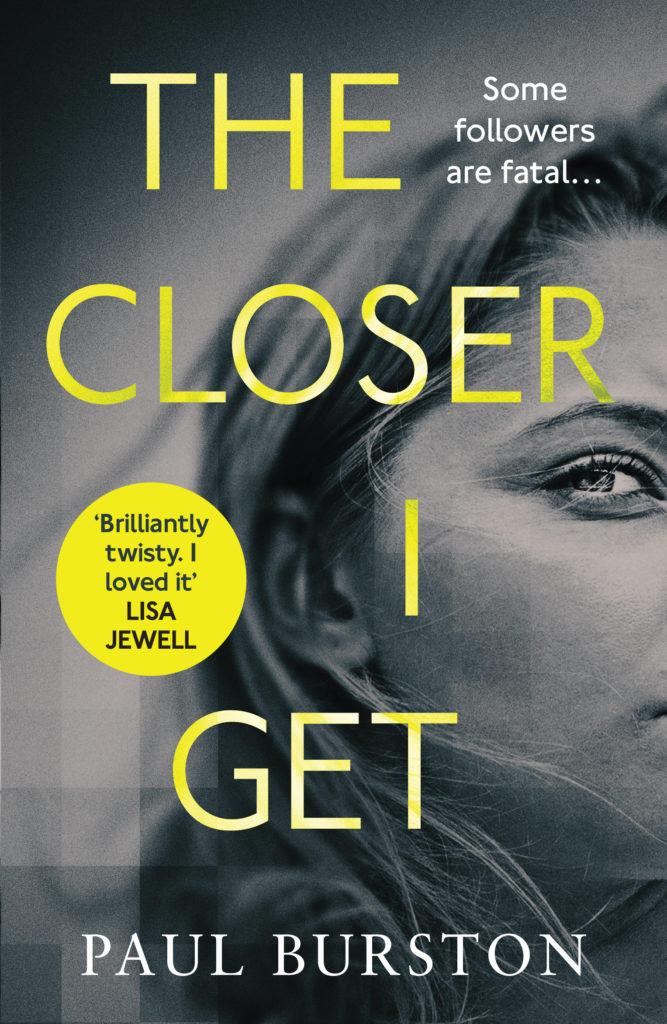


Bold, Eye-Opening Thrillers


Intense, Immense, Award-Winning Action Thrillers


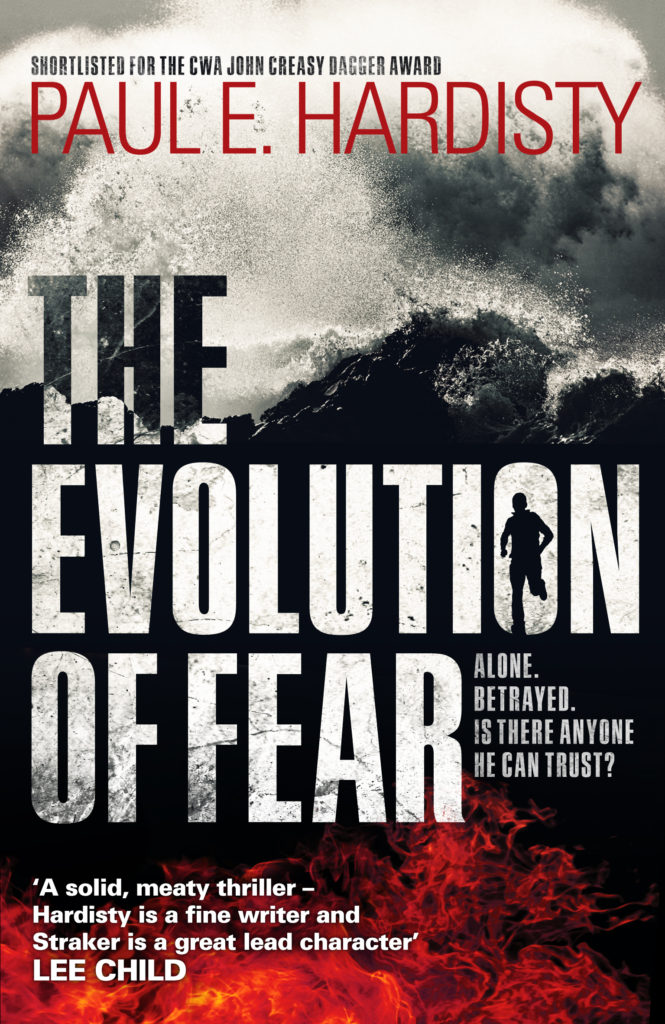

Spills, Thrills and Tears: Unforgettable Scottish Fiction


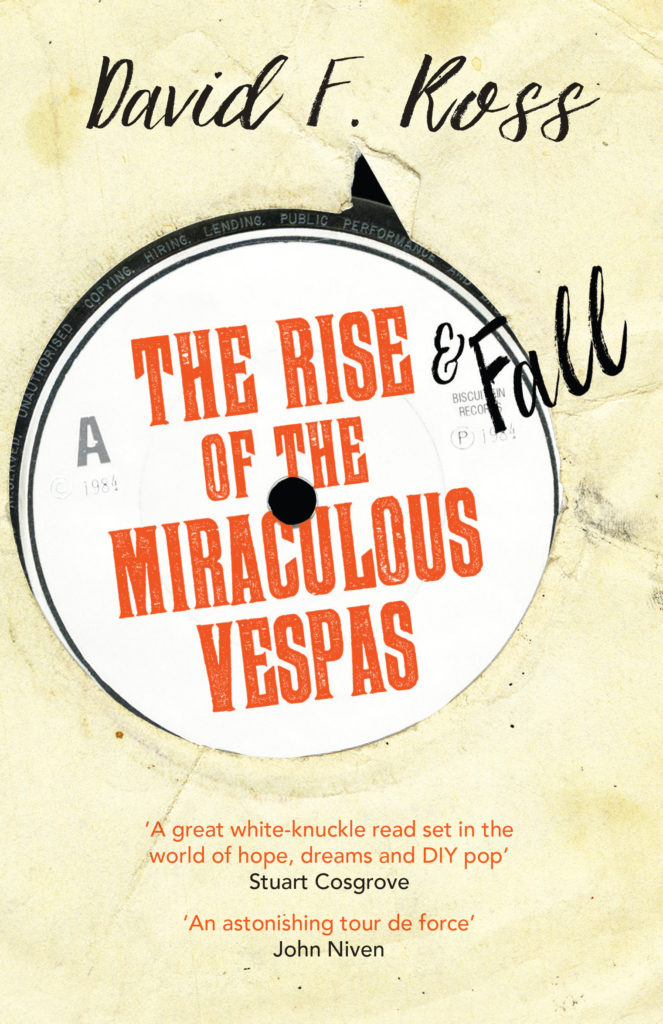

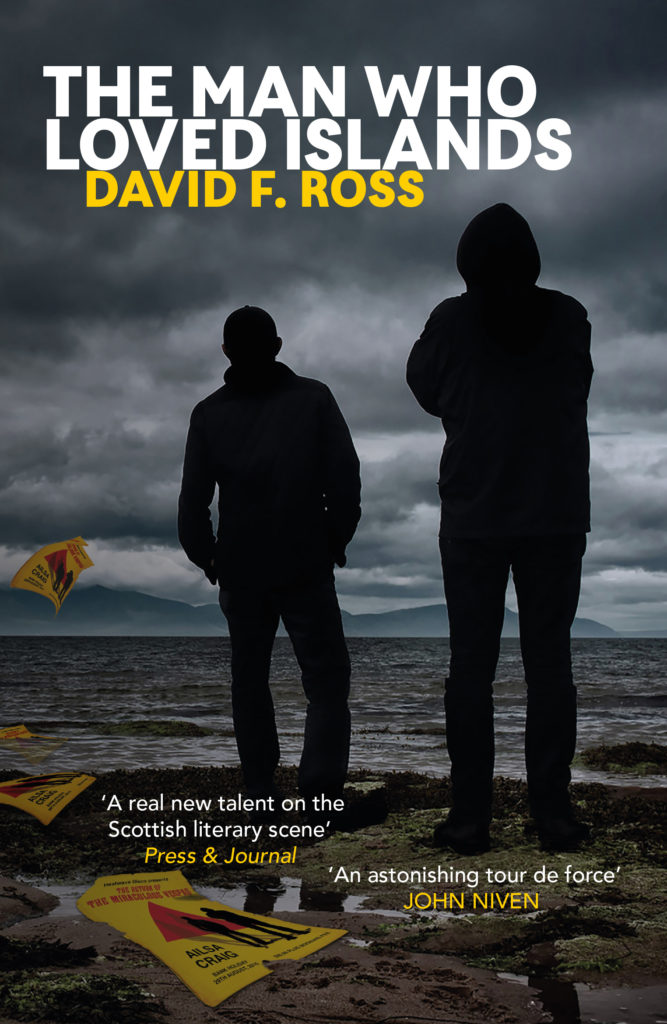
Simply Horrifying


Travel the World through Crime Fiction
From the author of NETFLIX hit The Cry
An unthinkable decision
A deadly mistake…
Award-winning Krimi
There’s a blizzard approaching Siglufjörður and that can only mean one thing…
UK: March 2024 Kindle Deals
Christopher MacLehose to launch Open Borders Press at Orenda Books
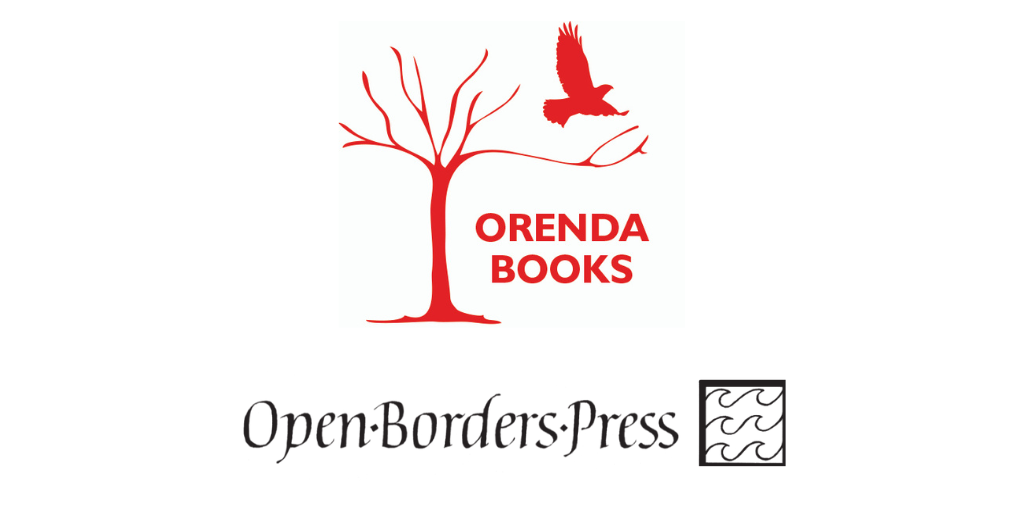
Karen Sullivan, Publisher of Orenda Books, is delighted to announce that Christopher MacLehose will be leading Orenda’s first-ever imprint.
MacLehose, whose Mountain Leopard Press list was sold by Welbeck to Hachette in December 2022, will now publish Open Borders Press as an associate list of Orenda Books. Orenda and the new imprint have much in common, sharing a culture and approach, and MacLehose says that Open Borders Press is grateful to be able to take advantage of Orenda’s dynamic and responsive operation.
Having commissioned translations from thirty-seven languages during his years as a publisher, MacLehose will continue to look for authors of exceptional quality from all over the world.
The list will endeavour to match the success of the Harvill Press and MacLehose Press models in publishing the best literary fiction and non-fiction, much of it in translation, as well as crime fiction (exclusively in translation) written by outstanding storytellers. The quality of the translations and of every aspect of the design of the books will be paramount.
Koukla MacLehose, who founded the celebrated scouting agency that bore her name, will work with the Press.
The first title under the new imprint, Andrey Kurkov’s Our Daily War, a sequel to the international bestselling Diary of an Invasion – a deeply personal account of the continuing war in Ukraine – will be published in the summer.
Karen Sullivan says, ‘I have long admired Christopher, both for the energy and ingenuity he brings to the industry, but also for his unerring eye, his profound and purposeful support of literature in translation, and his uncanny ability to seek out literary gems. It is an honour and a joy to work closely with him, and his publishing vision for Open Borders Press very much reflects Orenda’s ethos and complements our output.
‘As we approach our tenth anniversary, it feels like the right time to embrace this opportunity, and we are looking forward to what is bound to be an indomitable partnership. OBP’s first published title, Andrey Kurkov’s Our Daily War, is a powerful, insightful and unexpectedly humorous book, and being involved in publishing Ukraine’s finest writer is an absolute privilege.’
You can reach Christopher MacLehose on Christopher@maclehose.net or +44 7711 696098
Andrey Kurkov’s Our Daily War will be published in hardback in July 2024.


